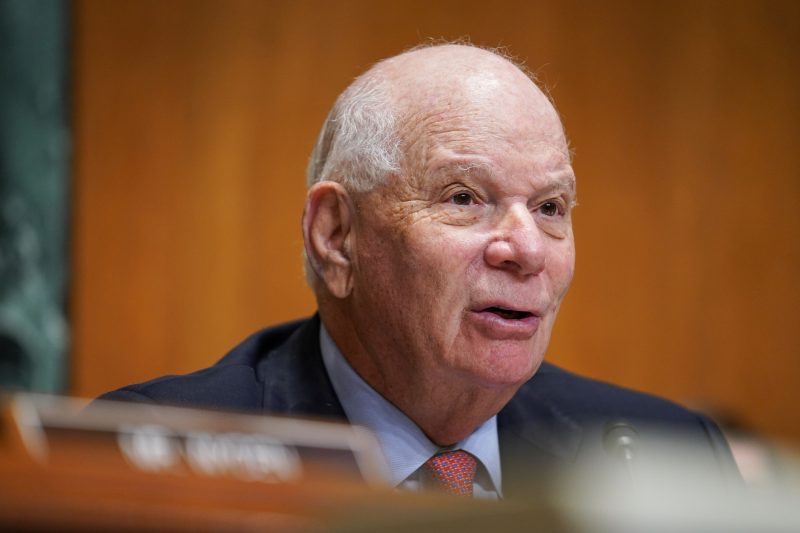The growing threat of deepfake technology has recently hit the political sphere, with a U.S. senator being targeted in a sophisticated scheme involving a malign actor posing as a Ukrainian official. This alarming incident sheds light on the potential dangers associated with deepfake technology and highlights the need for greater awareness and security measures to combat its misuse.
The senator in question received a call from what appeared to be a Ukrainian official, who engaged in an elaborate conversation involving sensitive political matters. The deepfake technology used in the call was so convincing that the senator was unable to discern that the person on the other end of the line was not who they claimed to be. This deception raises serious concerns about the security implications of deepfake technology and its potential to manipulate and deceive individuals in positions of power.
Deepfake technology, which uses artificial intelligence to create highly realistic but fabricated media content, has rapidly advanced in recent years, making it increasingly difficult to authenticate audio and video recordings. This poses a significant risk to individuals and organizations, as malicious actors can use deepfakes to spread misinformation, manipulate public opinion, and even damage reputations.
In the case of the targeted senator, the deepfake call was likely intended to gather sensitive information, undermine trust in the political system, or sway key decisions. The fact that the senator was unable to detect the deception underscores the sophistication and effectiveness of deepfake technology in perpetrating such schemes.
To address the threat posed by deepfakes, it is essential for governments, technology companies, and individuals to take proactive measures to mitigate the risks associated with this technology. This includes investing in advanced detection algorithms, enhancing media literacy efforts to help individuals recognize deepfakes, and implementing stronger security protocols to prevent unauthorized access to sensitive information.
Furthermore, policymakers must consider the ethical and legal implications of deepfake technology and work towards establishing clear guidelines and regulations to prevent its misuse. By fostering a culture of transparency and accountability, we can better protect individuals and organizations from falling victim to deepfake manipulation.
Ultimately, the incident involving the targeted senator serves as a wake-up call to the dangers of deepfake technology and the urgent need for action to safeguard against its malicious use. By staying informed, remaining vigilant, and implementing robust security measures, we can reduce the impact of deepfakes and preserve the integrity of our democratic institutions.
